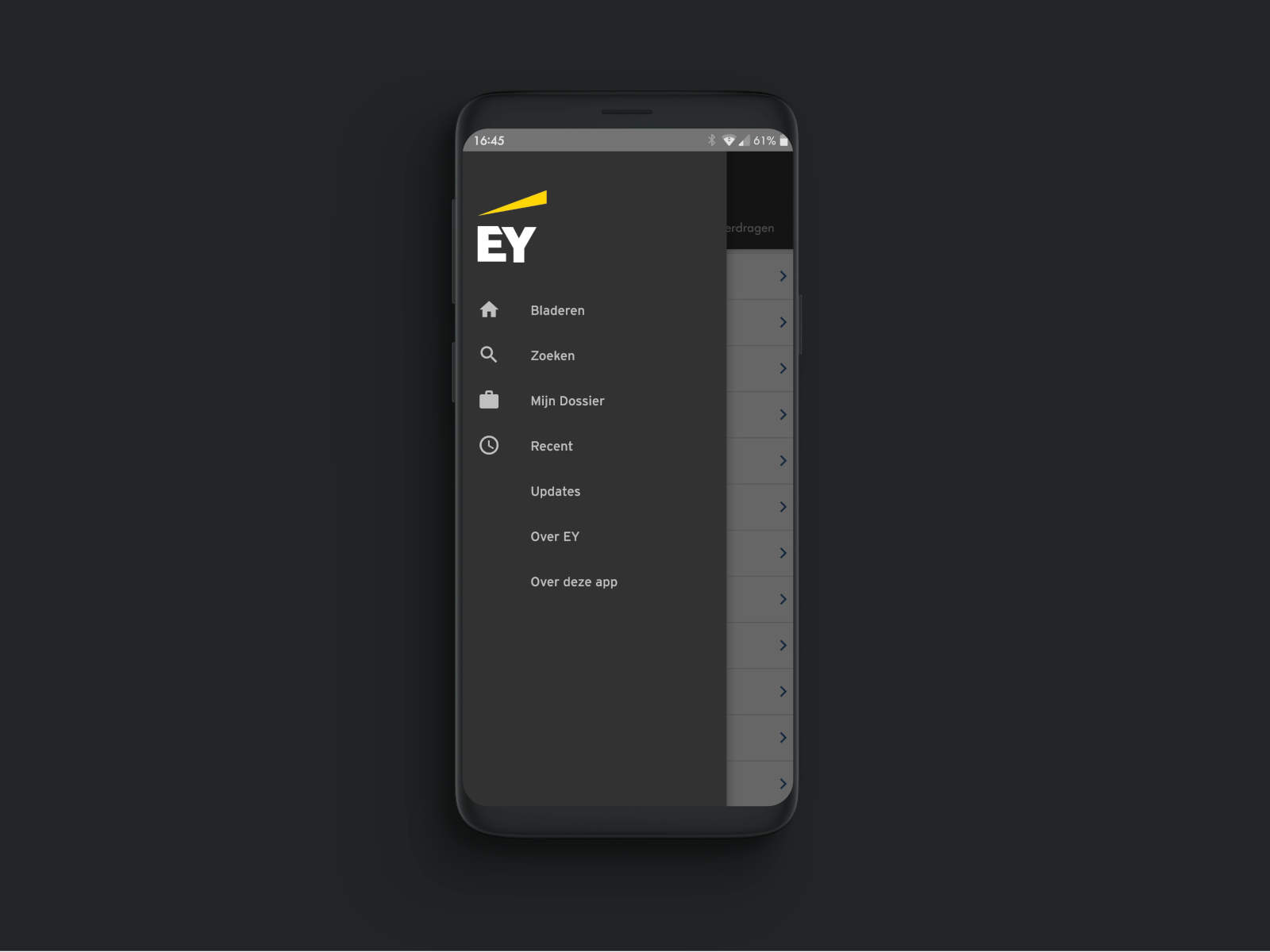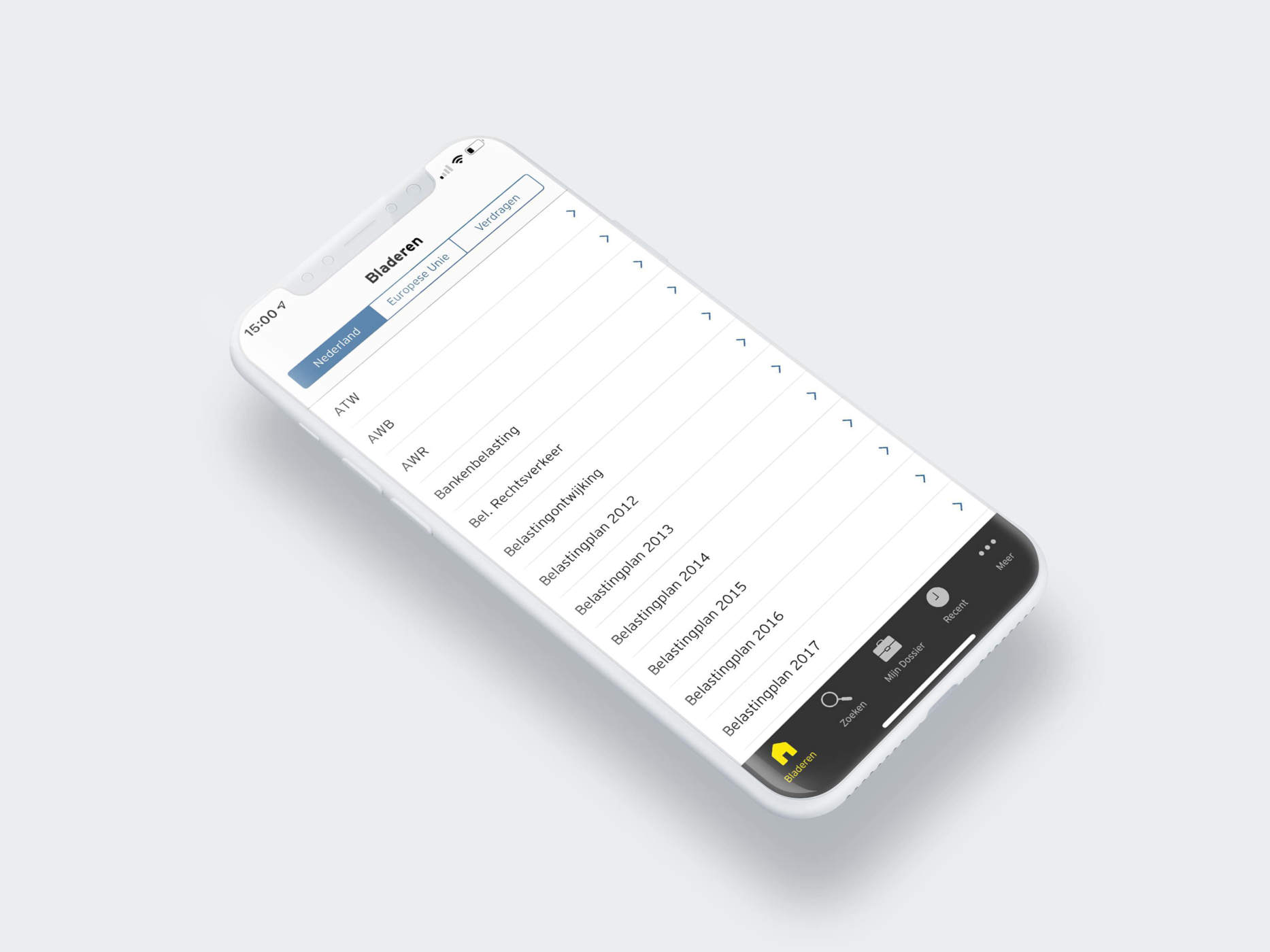The supply of new vehicles within the same Member State is subject to VAT according to the standard rules (i.e. the supplier charges output VAT on the retail price of the vehicle). In a cross-border scenario according to Article 2(1)(b)(ii) of Directive 2006/112[3] (hereinafter the "VAT Directive") the sale of a new vehicle is treated for VAT purposes as an intra-Community acquisition of goods and, as such, taxable in the Member State of destination, regardless of whether the supplier and/or the customer is a taxable person or a non-taxable person (e.g. a private customer).
However, for this rule to apply, it is necessary that:
· The goods at stake are "means of transport"; and
· The means of transport are considered "new".
According to Article 2(2)(a) of the VAT Directive, "means of transport" are:
(i) motorised land vehicles the capacity of which exceeds 48 cubic centimetres or the power of which exceeds 7,2 kilowatts;
(ii) vessels exceeding 7,5 metres in length, with the exception of vessels used for navigation on the high seas and carrying passengers for reward, and of vessels used for the purposes of commercial, industrial or fishing activities, or for rescue or assistance at sea, or for inshore fishing;
(iii) aircraft the take-off weight of which exceeds 1 550 kilograms, with the exception of aircraft used by airlines operating for reward chiefly on international routes.
Pursuant to Article 2(2)(b) of the VAT Directive, means of transport are "new" where:
(i) for motorised land vehicles, the supply takes place within six months of the date of first entry into service or the vehicle has travelled for no more than 6 000 kilometres;
(ii) for vessels, the supply takes place within three months of the date of first entry into service or the vessel has sailed for no more than 100 hours;
(iii) for aircraft, the supply takes place within three months of the date of first entry into service or the aircraft has flown for no more than 40 hours.
Where a private individual buys a new means of transport in one Member State and then transports it himself (or where it is transported by the vendor, or by a third party on behalf of the vendor or the acquirer) to another Member State, such private individual is performing an intra-Community acquisition of that means of transport in the Member State of arrival, and VAT has to be paid in the Member State of the customer's residence. This specific regime is aimed at avoiding that private customers buy new means of transport in the Member State with the lowest VAT rate and transport them to their country of residence, hence distorting competition among Member States[4].
According to the Court of Justice, in order to classify a transaction as an intra-Community acquisition, it is necessary to conduct an overall assessment of all the relevant objective evidence, such as the amount of time spent on transporting the good in question, the place of registration and usual use of the good, the place of residence of the purchaser and the presence or absence of links between the purchaser and the Member State of supply or another Member State. Account must also be taken, as far as possible, of the purchaser’s intentions at the time of the acquisition, provided that they are supported by objective evidence. The Court eventually considers that the essential issue is, in fact, to determine the Member State in which the final, permanent use of the means of transport will take place[5].
However, there is no double taxation because the supply will be exempt from output VAT in the country of origin, and in addition deduction of previously paid input VAT will apply in that country. If output VAT is wrongly charged in the country of the supplier, a refund of this VAT will apply according to the rules in force in that country. If the supplier of the new means of transport is a non-taxable person, he may have to submit a special declaration in order to obtain a refund of the input VAT included in the original acquisition price of the vehicle. If the acquirer is a non-taxable person, he will have to declare the acquisition as an intra-Community acquisition in the Member State to which the vehicle is transported and pay the output VAT there, but he will not be entitled to deduct that payment as input VAT.
Often the services of the European Commission receive complaints addressing the issue of the refund of output VAT in the country of the seller. It is necessary to remind that normally the seller of the vehicle, and not the acquirer, will be the one who has to ask for the refund of any output VAT (wrongly) charged on the supply in the Member State of departure from the competent authorities there. The acquirer will normally have to rely on his contractual relation with the seller in order to obtain from him the repayment of output VAT that was included in the acquisition price, but is ultimately not due to the exemption of the sale in the country of origin. In addition, some further aspects are worth mentioning:
· If the vehicle is sold by a dealer, often he might require his customer to pay also the output VAT on top of the net purchase price as a "guarantee" as long as he has not yet received the evidence that the vehicle has actually exited the country. Indeed, the seller needs that type of evidence for being entitled to an exemption of his supply from output VAT and to a deduction of his own original input VAT.
· If the vehicle is sold by a non-taxable person, often the price is fixed on the basis of the market price and without bearing in mind that output VAT will be imposed again on the acquirer in the Member State of destination (while the seller will even be entitled to obtain a refund of his own original input VAT). If this aspect is not tackled in the sales contract between the parties, there are no possible means to oblige the seller to pay to the acquirer the VAT which he might have been refunded.
In both cases the issues are of a contractual nature and fall in the realm of the national courts.




